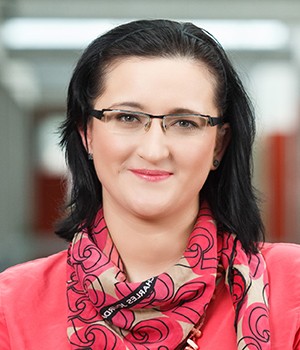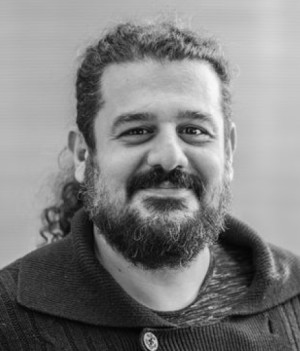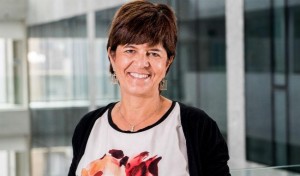


Geometric Deep Learning
Mission
Our mission is to establish geometric principles, such as structure, symmetry, and invariance, as a foundational language for deep learning. This approach provides a unified framework to understand today's zoo of neural network architectures—including CNNs, GNNs, and Transformers—by deriving them from first principles. By providing this common mathematical language, our program aims to guide the principled and effective design of the next generation of AI systems.
Highlights
'- Foundational Text: The publication of "Geometric Deep Learning: Grids, Groups, Graphs, Geodesics, and Gauges," which provides the first comprehensive blueprint for the field and a unified view of the most successful deep learning architectures. https://arxiv.org/abs/2104.13478
- Establishment of the LoG Conference: Program members were instrumental in creating the annual Learning on Graphs (LoG) Conference, which has become a premier academic venue for this research area. https://logconference.org/
- Leading High-Profile Workshops: Ongoing organization of influential academic workshops, such as Graph Representation Learning and Beyond (GRL+ at ICML 2020, https://grlplus.github.io/) and Geometry-grounded Representation Learning and Generative Modeling (GRaM at ICML 2024, https://gram-workshop.github.io/).
Open Access Education: Our program has published various open-access educational resources, such as the Geometric Deep Learning (https://geometricdeeplearning.com/lectures/) course and the Group Equivariant Deep Learning course (https://uvagedl.github.io/). In addition, our members frequently contribute to summer schools and guest teaching worldwide.
Collaborations
Due to its fundamental nature, the Geometric Deep Learning program's research naturally intersects with many other ELLIS programs. GDL has been instrumental in advancing deep learning in the sciences, aligning closely with programs like Machine Learning for Molecule Discovery, Machine Learning for Earth and Climate Sciences, and Quantum and Physics Based Machine Learning. Furthermore, its foundational tools power other core research areas, such as understanding language processing through the lens of graph neural networks. On an industrial level, our program maintains deep ties with partners ranging from major industry labs like DeepMind to GDL-heavy startups such as Dreamfold and CuspAI.















